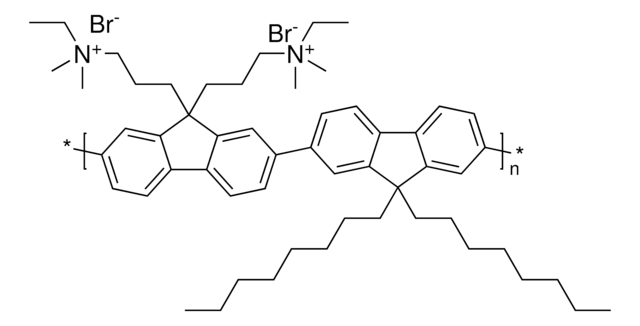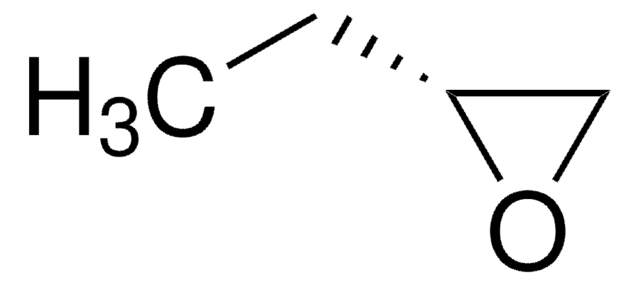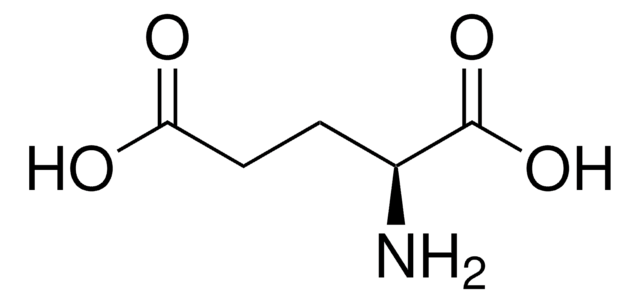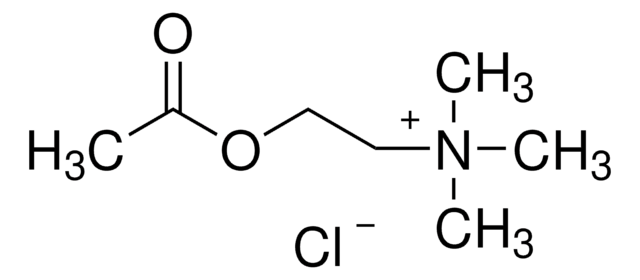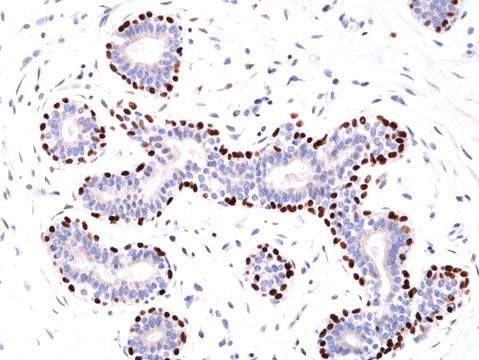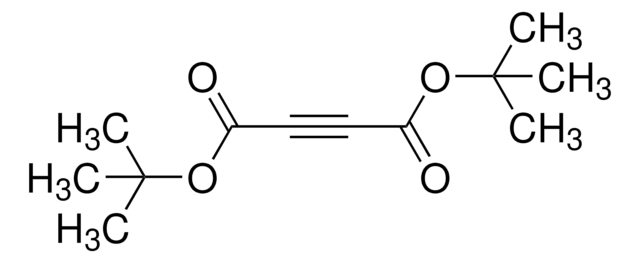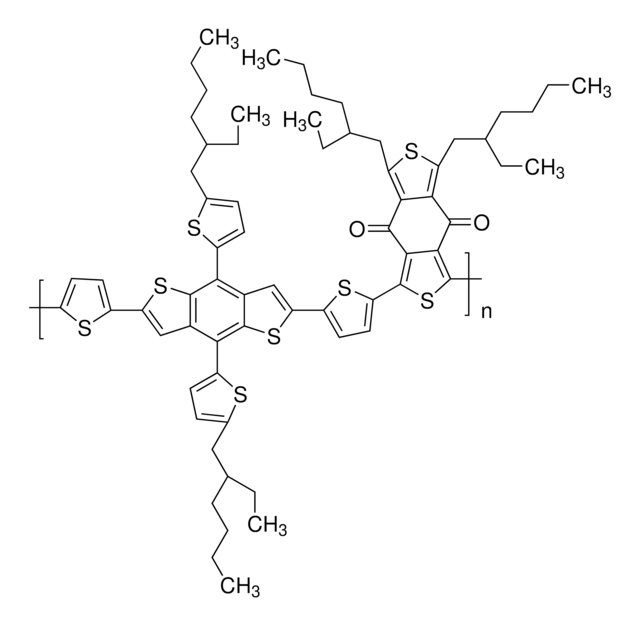General description
We are committed to bringing you greener alternative products, which adhere to one or more of The 12 Principles of Green Chemistry.This antibody is Preservative-free, produced without the harm or sacrifice of animals and exceptionally stable to allow for ambient shipping and storage if needed and thus aligns with "Waste Prevention", "Designing Safer Chemicals" and "Design for Energy Efficiency".
Click here for more information.
ZooMAb® antibodies represent an entirely new generation of recombinant monoclonal antibodies.Each ZooMAb® antibody is manufactured using our proprietary recombinant expression system, purified to homogeneity, and precisely dispensed to produce robust and highly reproducible lot-to-lot consistency. Only top-performing clones are released for use by researchers. Each antibody is validated for high specificity and affinity across multiple applications, including its most commonly used application. ZooMAb® antibodies are reliably available and ready to ship when you need them.
Specificity
Clone IM19 is a ZooMAb® rabbit recombinant monoclonal antibody that specifically detects Protein disulfide-isomerase (PDI). It targets an epitope within 14 amino acids from the C-terminal region.
Immunogen
KLH-conjugated linear peptide corresponding to 14 amino acids from the C-terminal region of human Protein disulfide-isomerase (PDI).
Application
Quality Control Testing
Evaluated by Western Blotting in A431 cell lysate.
Western Blotting Analysis: A 1:10,000 dilution of this antibody detected PDI in A431 cell lysate.
Tested applications
Western Blotting Analysis: A 1:10,000 dilution from a representative lot detected PDI in HeLa, NIH3T3, and PC12 cell lysates.
Immunohistochemistry (Paraffin) Analysis: A 1:1,000 dilution from a representative lot detected PDI in human colon tissue sections.
Immunocytochemistry Analysis: A 1:100 dilution from a representative lot detected PDI in NIH3T3 cells.
Affinity Binding Assay: A representative lot of this antibody bound Protein Disulfide Isomerase (PDI) peptide with a KD of 3.2 x 10-9 in an affinity binding assay.
Note: Actual optimal working dilutions must be determined by end user as specimens, and experimental conditions may vary with the end user
Target description
Protein disulfide-isomerase (UniProt: P07237; also known as EC:5.3.4.1, PDI, Cellular thyroid hormone-binding protein, Prolyl 4-hydroxylase subunit beta, p55) is encoded by the P4HB (also known as ERBA2L, PDI, PDIA1, PO4DB) gene (Gene ID: 5034) in human. PDI is a multifunctional redox chaperone of the endoplasmic reticulum (ER). It is synthesized with a signal peptide (aa 1-17) that is subsequently cleaved off to produce the mature form. It is abundantly expressed in various tissues and may account for up to 0.8% of the total cellular protein. It is induced during ER stress and serves as a critical cellular defense against protein misfolding. It can distinguish between partially folded, unfolded, and properly folded proteins, and it has a higher affinity to bind to misfolded proteins. It is also involved in isomerization, formation, and rearrangement of protein disulfide bonds to ensure maintenance of protein conformation. At high concentrations it is reported to function as a chaperone that inhibits aggregation of misfolded proteins, however; at low concentrations it facilitates aggregation. PDI consists of four domains known as a, b, b′, a′. The homologous a and a domains contain the active site, CGHC. The individual a and a′ domains have similar oxidizing ability but have low isomerase activity. The b′ domain is the main site for binding misfolded protein substrates but the other domains also contribute to this process. PDI also contains two Thioredoxin domains (aa 18-134 and 349-475). The CGHC motif modulates the overall reduction potential of PDI and thus it regulates the catalytic ability of the active site cysteines to actively oxidize or reduce disulfide bonds. PDI also contains a x linker region and an acidic C-terminal (aa 476-508) containing a KDEL-ER retrieval sequence. Deletion of the C-terminal residues of PDI is shown to result in deactivation of its chaperone-like activity and its peptide binding ability, however, it does not affect its catalytic activity in disulfide bond formation. This ZooMAbZooMAb® recombinant monoclonal antibody, generated by our propriety technology, offers significantly enhanced specificity, affinity, reproducibility, and stability over conventional monoclonals. (Ref.: Parakh, S., and Atkin JD. (2015). Front. Cell Dev. Biol. 3; 30; Lumb, RA., and Bulleid, NJ. (2002). EMBO J. 21(24); 6763-6770).
Physical form
Purified recombinant rabbit monoclonal antibody IgG, lyophilized in PBS with 5% Trehalose, normal appearance a coarse or translucent resin. The PBS/trehalose components in the ZooMAb formulation can have the appearance of a semi-solid (bead like gel) after lyophilization. This is a normal phenomenon. Please follow the recommended reconstitution procedure in the data sheet to dissolve the semi-solid, bead-like, gel-appearing material. The resulting antibody solution is completely stable and functional as proven by full functional testing. Contains no biocide or preservatives, such as azide, or any animal by-products. Larger pack sizes provided as multiples of 25 μL.
Reconstitution
300 μg/mL after reconstitution at 25 μL per vial. Please refer to guidance on suggested starting dilutions and/or titers per application and sample type.
Storage and Stability
Recommend storage of lyophilized product at 2-8°C; Before reconstitution, micro-centrifuge vials briefly to spin down material to bottom of the vial; Reconstitute each vial by adding 25 μL of filtered lab grade water or PBS; Reconstituted antibodies can be stored at 2-8°C, or -20°C for long term storage. Avoid repeated freeze-thaws.
Legal Information
ZooMAb is a registered trademark of Merck KGaA, Darmstadt, Germany
Disclaimer
Unless otherwise stated in our catalog or other company documentation accompanying the product(s), our products are intended for research use only and are not to be used for any other purpose, which includes but is not limited to, unauthorized commercial uses, in vitro diagnostic uses, ex vivo or in vivo therapeutic uses or any type of consumption or application to humans or animals.

